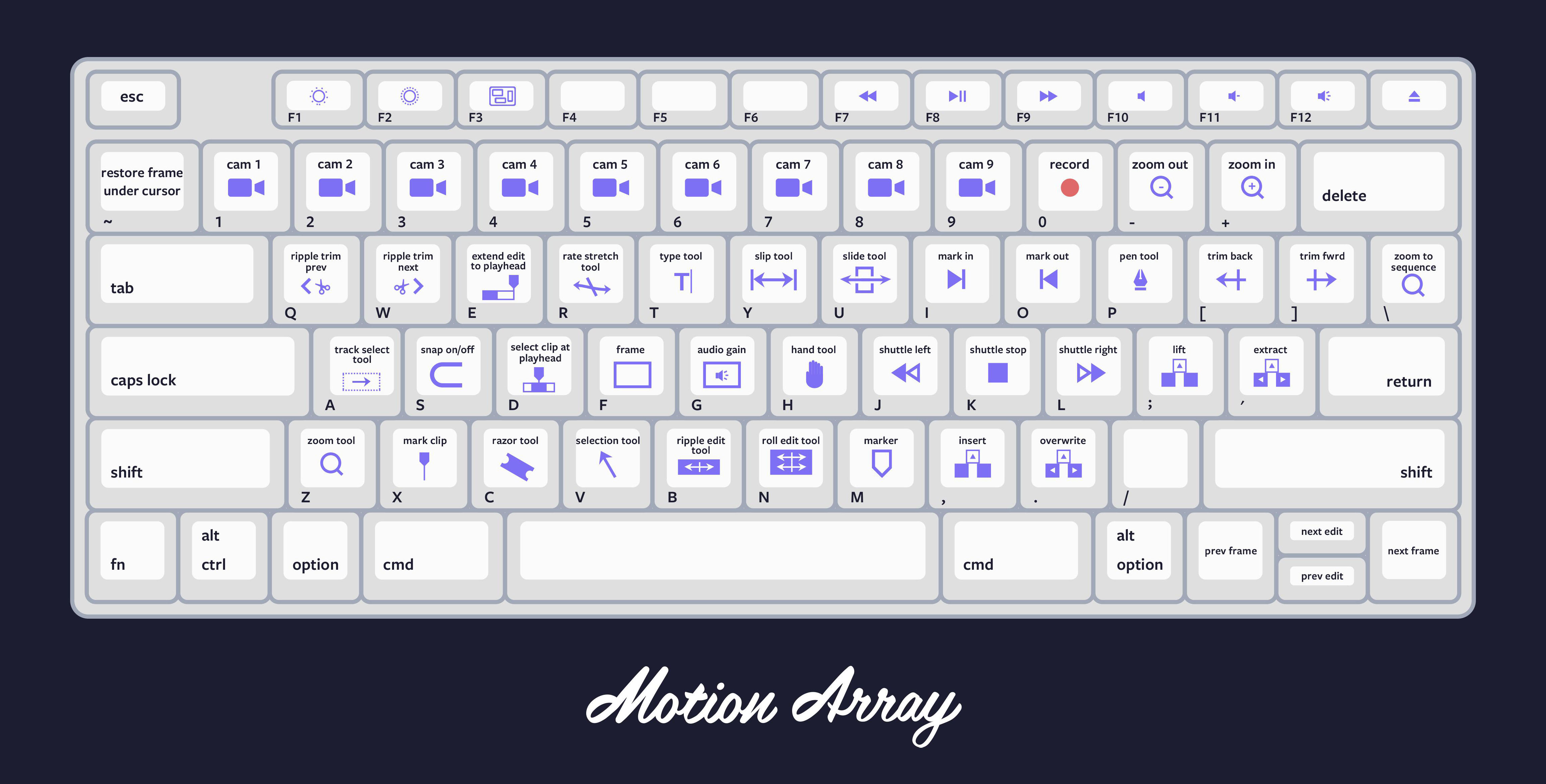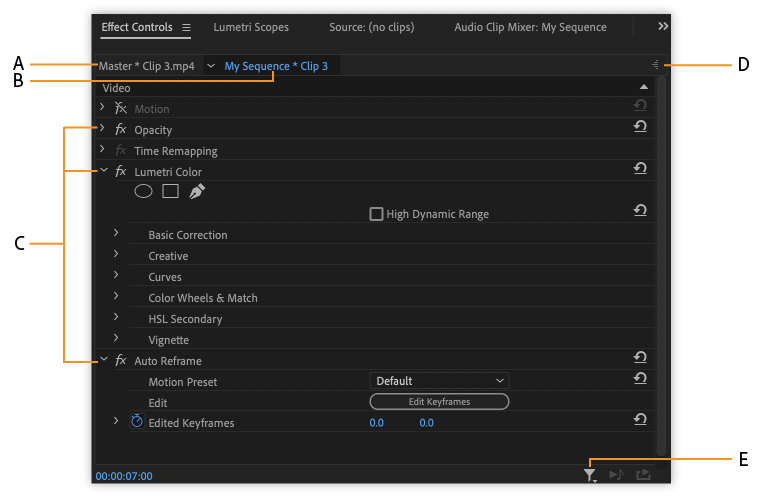Learning advanced editing techniques in Adobe Premiere Pro is a valuable skill that enhances the quality of your final film projects, especially when submitting them for portfolios, In class we watched videos that highlight the following techniques.
1. Trimming and Cutting:
- Precision Editing:
Mastering the art of trimming and cutting allows you to fine-tune the timing and pacing of your film, ensuring each scene flows seamlessly into the next.
2. Ripple Edit Tool:
- Maintaining Duration:
The Ripple Edit Tool is a powerful feature that enables you to adjust clips while automatically maintaining the overall duration of your project, saving time and effort.
3. Rolling Edit Tools:
- Seamless Transitions:
With the Rolling Edit Tools, you can smoothly shift edit points between adjacent clips, ensuring seamless transitions and continuity in your storytelling.
4. Keyboard Shortcuts:
- Efficiency Boost:
Utilizing keyboard shortcuts accelerates your editing process, allowing you to execute commands swiftly and effortlessly, thereby increasing productivity.
5. Adding B-Roll and Overlays:
- Visual Depth:
Incorporating B-Roll footage and overlays enhances the visual depth of your videos, enriching the storytelling experience for your audience.
6. Source and Program Monitors:
- Precise Overlay:
Exploring the Source and Program Monitors empowers you to overlay additional footage with precision, utilizing effects like Picture-in-Picture to creatively enhance your visuals.
7. Effects, Audio, and Color:
- Creative Enhancement:
The Effects Panel offers a plethora of transitions, color effects, and audio enhancements, allowing you to add creative flair and polish to your films.
- Audio Mixer:
Balancing audio levels and integrating music effectively contributes significantly to the overall impact and immersion of your film, enhancing the viewer's auditory experience.
- Lumetri Color Panel:
Delving into color grading using the Lumetri Color Panel enables you to elevate the visual aesthetics of your project by fine-tuning parameters such as exposure, saturation, and contrast, thereby achieving a cohesive and cinematic look.




No comments:
Post a Comment